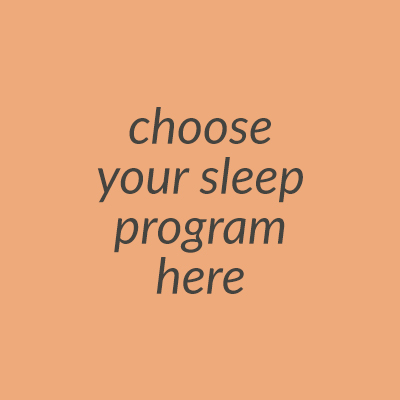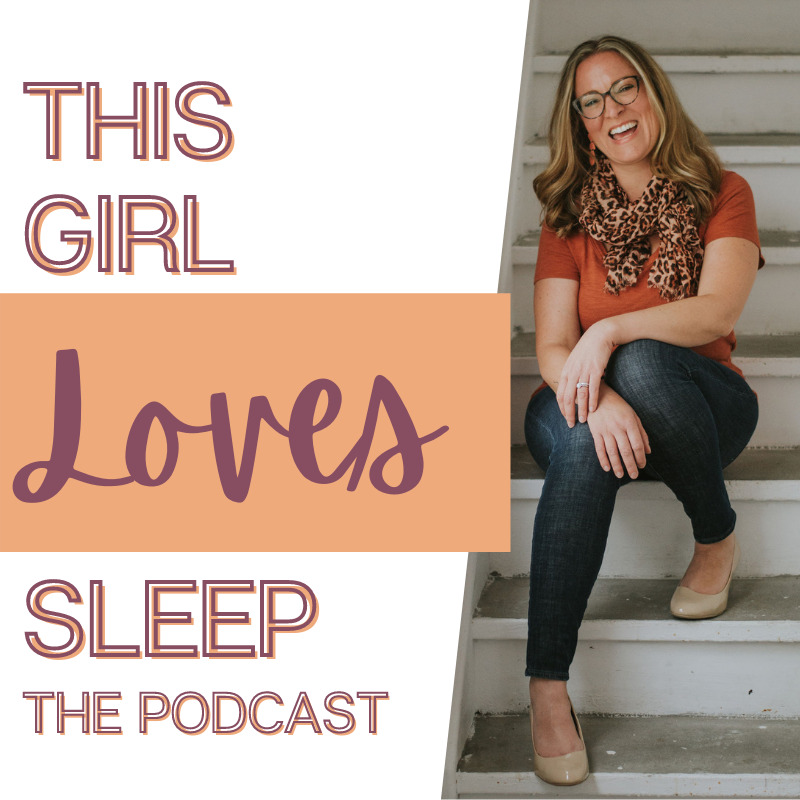If you’ve recently discovered meditation as a great way to relax before bed, you’re not alone. It is one of the most commonly suggested methods for helping people fall asleep and quieting their minds. You may be wondering if you can practice meditation with your kids to help them fall asleep faster as well. The good news is that meditation for children can, and should be, incorporated into your child’s bedtime routine to help #BringBackBedtime. Meditation can help children in the same ways it helps adults and it’s a valuable life skill that they can draw upon at school or at home.
Meditation for Children:
Children as young as three can begin to learn meditation. You will, of course, have to adjust your expectations to the child’s age and temperament. A three year old isn’t likely to be able to stay still and pay attention to a 30 minute guided meditation recording, but they can do some deep breathing exercises.
Sign Up For Our Newsletter
Here are a few tips and ideas to get you started with meditation for children:
- Just before bedtime is a great time to practice meditation. After they’ve changed into their PJs, brushed their teeth, and had their stories, add some meditation time to the routine.
- Use meditation as a time to connect with your child. Start by talking about the day and encouraging them to discuss anything that worries them. It’s important to get these worries out before you meditate so that your child can focus on the task.
- Start by doing some fun deep breathing exercises – inhale deeply and then exhale making an animal noise. Some good ones to start with are snake (hissss), bee (bzzzzzzzzz) or cat (purrrrrrrr). Let your child pick which animals they want to do each night.
- Have them put their hands on their tummy and feel them rise as they inhale and lower as they exhale.
- Put on some calming music, and have the child do deep breathing exercises until the end of a song.
- If you want to try guided meditation with your child, look for ones aimed at children as they use imagery that is more accessible to children and aren’t as long as adult meditations.
- A fun way to introduce the basics of Progressive Muscle Relaxation (PMR) to children is to do a body scan. You can make it silly by asking them to check to see if their toes are still there, and if they are then wiggle them. By moving up through each of the muscle groups, you can easily transition to traditional PMR as the child gets older.
- Look for books about meditation such as Sitting Still Like a Frog; A Handful of Quiet; and Mindful Monkey, Happy Panda which teach the basics of meditation and mindfulness to young children.
- Finally, don’t worry if your young child doesn’t seem to be relaxing right away, it may take time for the routine to have an effect. A few minutes of quiet time before bed will help every child.
Laurel Crossley from Opti-Mom shares her tips on getting starting on meditation with your child.
By starting early and making relaxation a part of your child’s bedtime routine, you can help your child learn ways to fall asleep more easily. Even better, you are giving them the gift of quiet time with you helping you both #BringBackBedtime.






